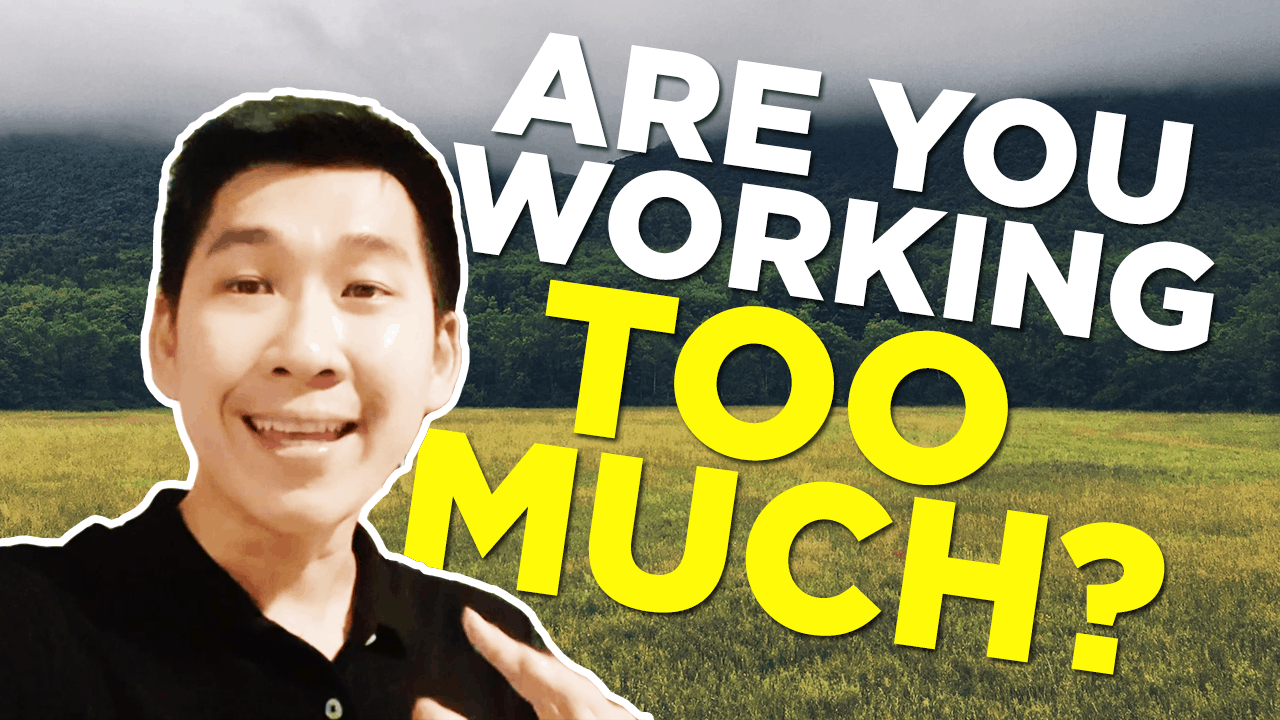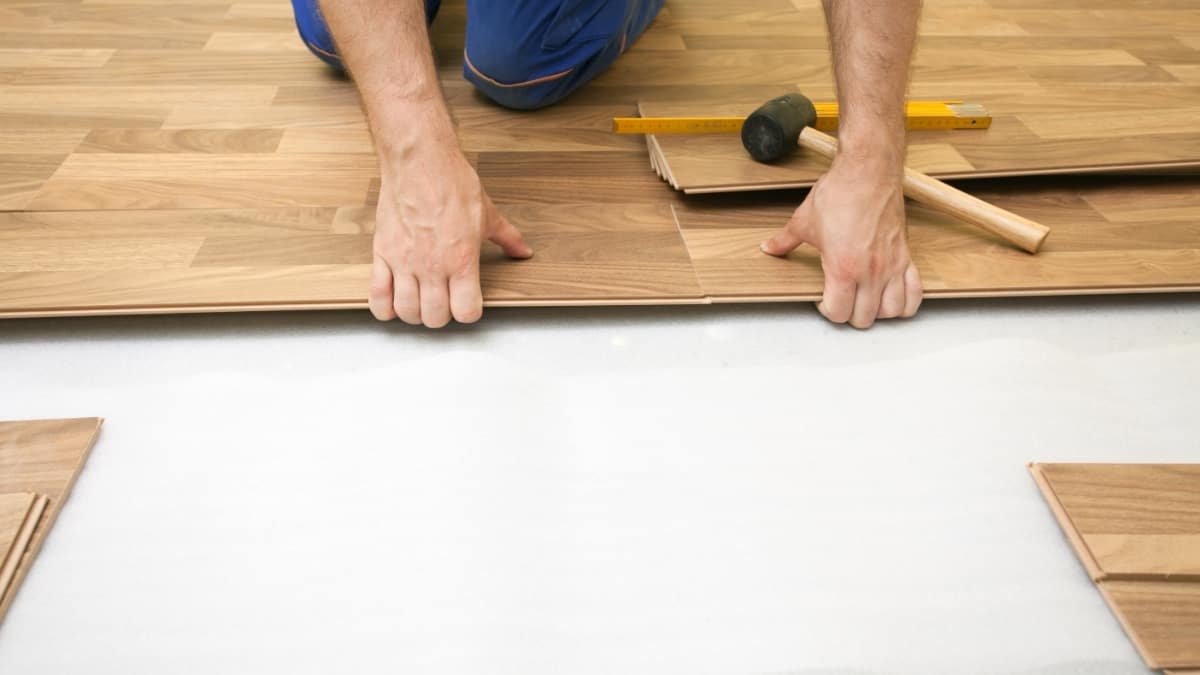Table Of Content

Another important guideline for USDA loans is the income limit. To qualify for a Rural Housing mortgage, you can’t make more than 115% of the local median income (meaning no more than 15% above the median). The Conventional 97 loan and Freddie Mac Home Possible also allow 100% of the down payment to come from gift funds. In other words, you can get your foot in the door of homeownership with a smaller down payment on your first mortgage loan. Then, after you build some equity, you can transition to a more “ideal” loan. Federal, state, and local governments all offer these programs.
What Is a Down Payment Assistance Program?
A second home is a residence you occupy in addition to your primary residence. The property can be a vacation home or a home you visit regularly. If you want to get into a house sooner, it often makes sense to make a smaller down payment with what you have saved now (or what you will have saved in the near future). Unless you can buy your new home with cash, you need financing known as a mortgage loan. The good news is that you can buy a house with less than 20% down though it is a good idea to put down as much as you can. Here are some of the considerations when thinking about how much of a down payment you may need for your dream house.
// If hash is either not set, or doesn't have a slash (i.e. a specific hash station filter set)
For instance, you might qualify for a conventional loan with just 3% down. But then you’d have to pay for private mortgage insurance, and your loan would likely carry a higher mortgage interest rate. But the other two loan types, conventional and FHA, are a lot easier to come by. You’ll still need to meet minimum credit score requirements as well as employment and income guidelines, just like any other home loan. But there are no “special” requirements to get a low-down-payment FHA or conventional loan as a first-time home buyer.
Use the Upfront Cash Available
The down payment directly reduces the amount of money you need to borrow for the home purchase. Savings—Most home-buyers save up for their down payments by setting aside savings until they reach their desired target, whether it's 20% or 3.5%. Having the savings in an interest-bearing account such as a savings account or in Certificates of Deposit (CDs) can provide the opportunity to earn some interest. Although placing down payment savings in higher risk investments such as stocks or bonds can be more profitable, it is also riskier. For more information about or to do calculations involving savings, please visit the Savings Calculator.
It’s not always better to make a large down payment on a house. When it comes to making a down payment, the choice should depend on your own financial goals. It’s better to put 20 percent down if you want the lowest possible interest rate and monthly payment. But if you want to get into a house now and start building equity, it may be better to buy with a smaller down payment—say five to 10 percent down. You might also want to make a small down payment to avoid draining your savings.
Factors Affecting Your Down Payment

Because these loans are guaranteed by the government, there’s less risk to the lender even without the borrower putting money down. Still, since the lender is investing more money in the property than you are, they’ll order an appraisal to get an independent, professional opinion on the property’s value. They’ll also check your credit score, income and debt to see if you’ll be able to pay the mortgage. For a Federal Housing Administration (FHA) loan, the minimum down payment is 3.5 percent with a credit score of at least 580.
The minimum amount you can put down will depend on the type of mortgage you get. For example, you’ll typically need to put at least 3% down for a conventional loan or 3.5% down for an FHA loan, while USDA and VA loans don’t require a down payment. Down payment assistance programs are usually limited to first-time homebuyers or low-income homebuyers; the definition of low-income will reflect local housing prices. Young homebuyers, low-wage homebuyers, people with kids, people with high student debt and anyone in an expensive housing market can have trouble saving up 20% of a home’s purchase price. A down payment shows lenders that you’re serious enough about home ownership to invest your own savings in the property. Your investment helps demonstrate that you think the property is a wise purchase and that you’re committed to paying the mortgage you’re asking for.
And many banks with no-PMI loans have special qualifications, like being a first-time or low-income home buyer. Rather than simply borrowing the maximum loan amount a lender approves, evaluate your estimated monthly mortgage payment too. Lenders use two ratios to help determine the monthly mortgage amount you can afford. 28% of your gross monthly income is the maximum amount that should be used for housing expenses, including your monthly mortgage payment, homeowners insurance, and property taxes. In addition to the down payment, you must prepare to cover your closing costs and moving expenses.
In fact, first-time buyers put down only 13 percent on average. Just note that with 10 percent down, you’ll have a higher monthly payment than if you put 20 percent down. For example, a $300,000 home with a four percent mortgage rate would cost about $1,450 per month with 10 percent down and just $1,150 per month with 20 percent down.
Saving for a big down payment is not always the most advantageous strategy for some first-time buyers. It’s common for many to use a mix of savings, gifts, grants, and low-down-payment loans to buy their first home. Unlike homeowners insurance, private mortgage insurance wouldn’t benefit you directly. Instead, it would compensate your mortgage lender if you defaulted on the loan.
You have to put down some minimum amount to qualify for a mortgage. For a conventional mortgage, that amount is usually 3% of the home’s price. Keep in mind, too, that to avoid PMI, you’ll need to put down at least 20 percent. If you can’t afford that high of a down payment, though, know you won’t pay PMI forever. Once you reach 20 percent equity in your home, you can request that your lender remove PMI from your bill. The interest rate is a percentage of the original loan amount that a lender charges you each month for borrowing money.

To calculate the LTV ratio, the loan amount is divided by the fair market value determined by a property appraisal. Sometimes it’s a low-interest loan or a no-interest loan that you’ll have to pay back. Down payment assistance also can be a forgivable loan that you won’t have to repay as long as you live in the home for a certain amount of time. Sometimes you will still need to fund part of the down payment yourself, but you might only need to come up with 1% or 2% of the purchase price instead of 3% or more. If you got a mortgage for 100% of the purchase price, your down payment would be 0%.
How Much Down Payment for a House in 2022? - Bloomberg
How Much Down Payment for a House in 2022?.
Posted: Mon, 04 Apr 2022 07:00:00 GMT [source]
In 2024, that means any conventional loan that exceeds $766,550 in most markets — though high-cost areas have higher limits, up to $1,149,825. Because of their size, jumbo loans typically require 10 percent down or more. It’s possible to get a mortgage with a credit score below 620, particularly with an FHA loan, but you’ll need to put down a higher amount upfront — 10 percent. With other mortgages, though, a lower credit score likely won’t give you access to the most competitive rates, if you qualify. PMI can be a helpful tool to make homeownership a reality for anyone who might struggle to save a 20% down payment.
Qualified buyers can receive anywhere from $5,000 to close to $35,000 toward their down payment and/or closing cost assistance. As you can see from the table above, there are certain benefits to making a bigger down payment. You’ll also be able to avoid paying PMI if you put down 20% or more. Most significantly, it can reduce the cost you pay to borrow money over the life of the loan. Reducing the amount you need to borrow, even by a little bit, will lower the amount you pay in interest over time, and it can lower your monthly payments as well. The down payment is the portion of the home’s purchase price that you pay upfront and is not financed through a mortgage.

No comments:
Post a Comment